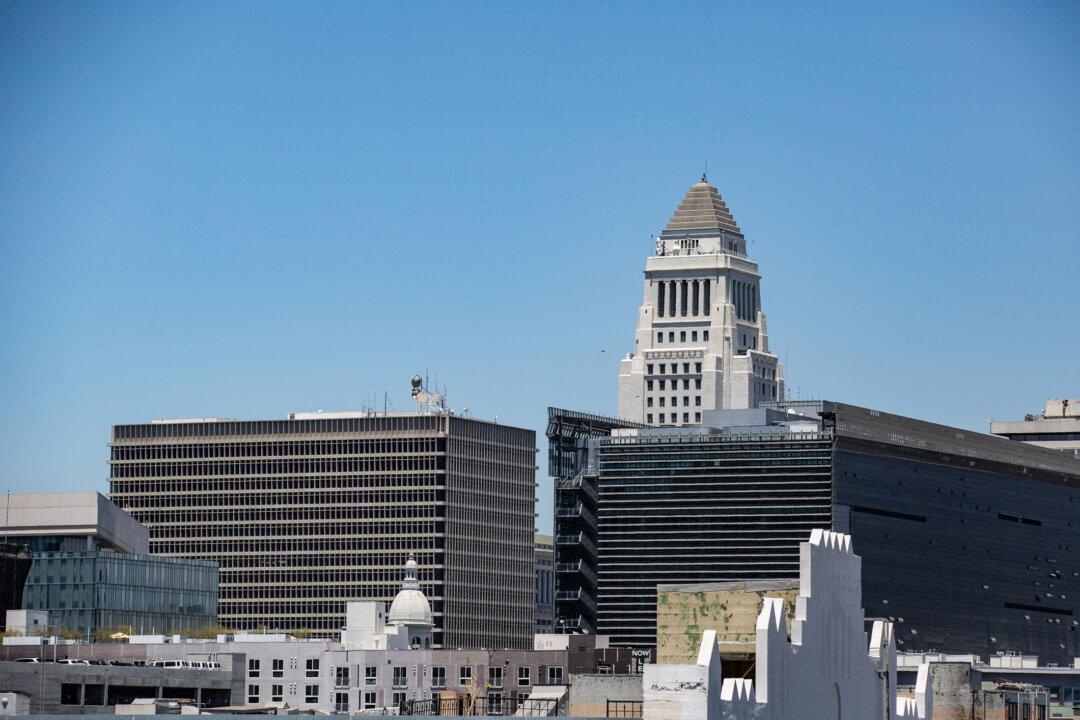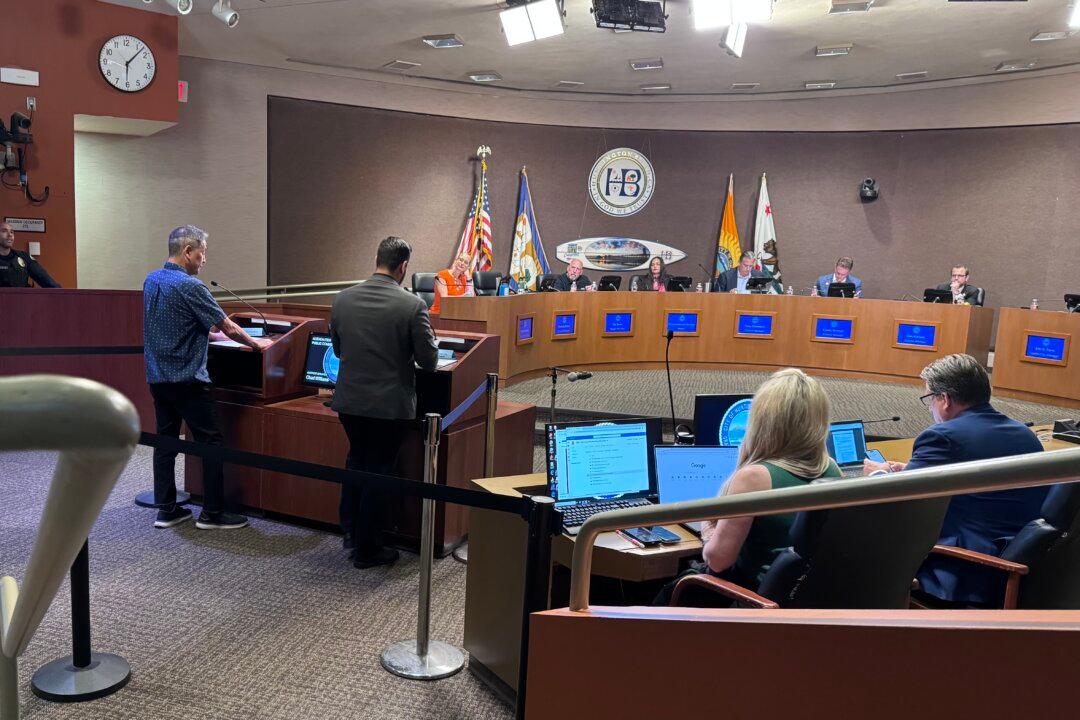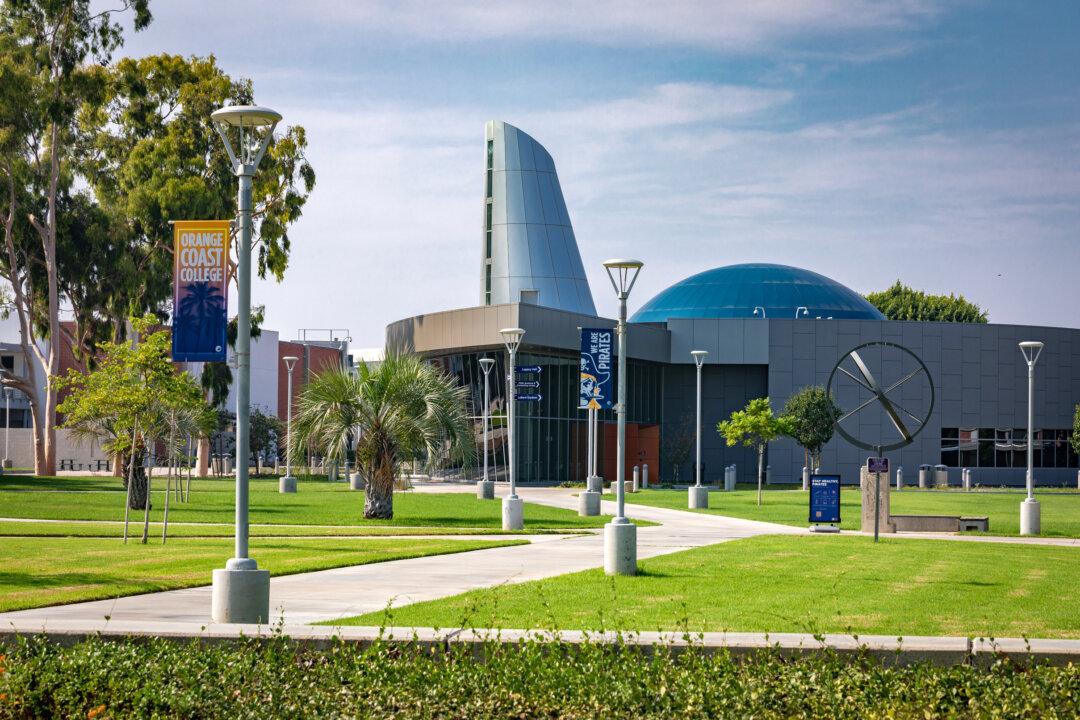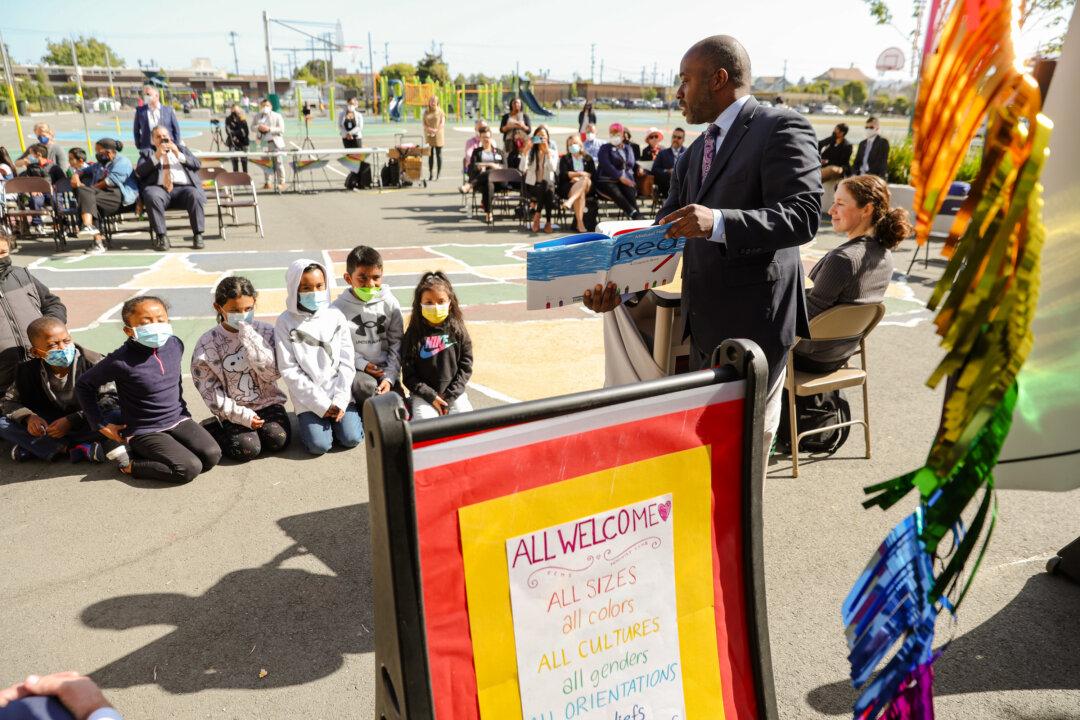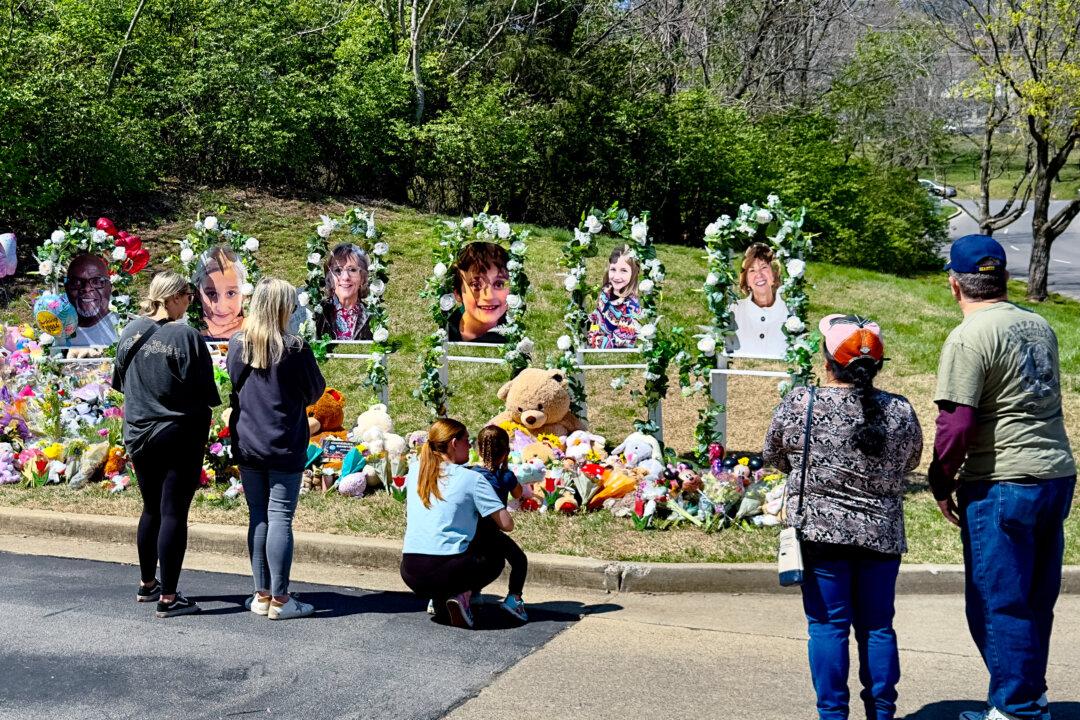Unhappy with the proposed map redrawing city council boundaries by its own appointed 21-member commission, Los Angeles City Council President Nury Martinez Oct. 26 introduced a motion to create a new Ad Hoc Redistricting committee, essentially tossing out much of the commission’s work and restarting the process.
“It’s clear that too many voices across the city have yet to be heard and we have an immovable deadline,” Martinez said. “We cannot reasonably move forward with a map that raises concerns for so many marginalized communities when this will be so influential in the lives of all Angelenos for the next decade. If we’re looking to build a stronger, more equitable Los Angeles, we need a map that reflects that.”
